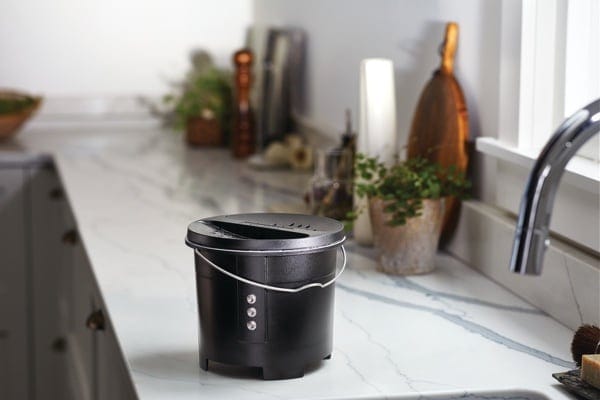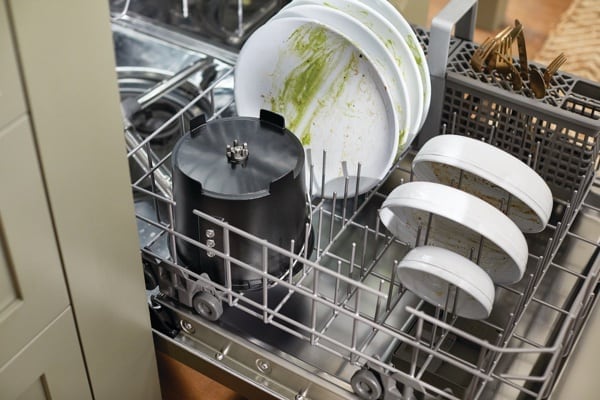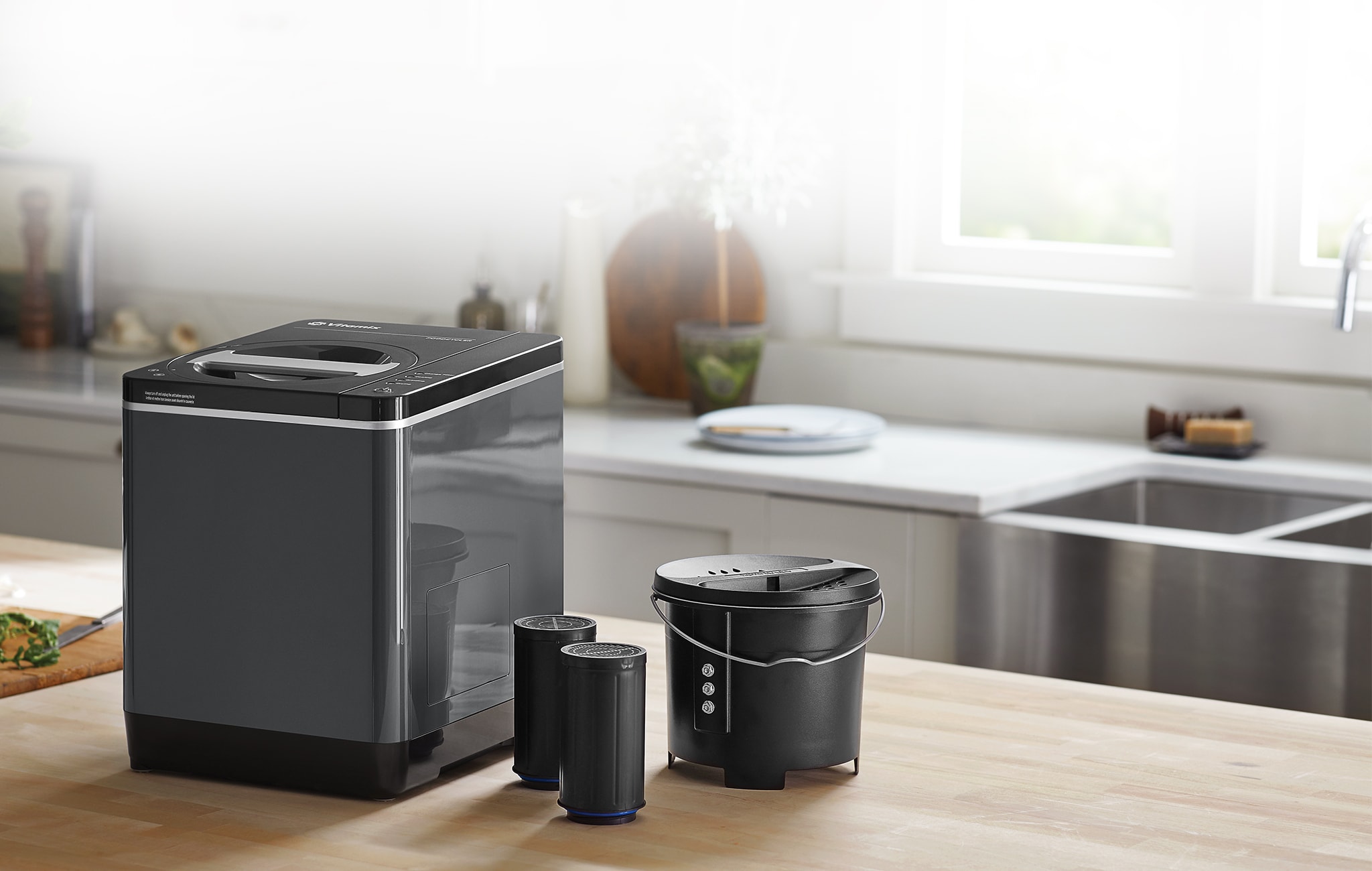A sustainable lifestyle comes in many forms, and a little bit goes a long way to preserve the earth’s natural resources. One way we can help our environment is by reducing food waste and recycling used food scraps.
On a global scale, an estimated 1.3 billion tons of food — or one-third of all food produced for human consumption — is wasted each year, according to the Food and Agriculture Organization (FAO) of the United Nations. This is more than enough to feed all the 815 million hungry people in the world.
But how can just one person or household make a difference to impact worldwide change?
Given that the average person produces 475 pounds of food waste per year, by recycling food waste at home, you have the power to reduce methane emissions (a harmful greenhouse gas) and the amount of waste going to a landfill. Not sure where to start? Vitamix can help you easily achieve your at-home sustainability goals with its new Vitamix® FoodCycler® FC-50, Vitamix can help you easily achieve your at-home sustainability goals with its new Vitamix® FoodCycler® FC-50.
This energy-efficient, compact food recycler quickly transforms food waste using a process of intense aeration, heating, and pulverization. The carbon filtration system eliminates odors, making it ideal for indoor use. The FC-50 conveniently fits almost anywhere you have approximately one cubic foot of space with a power outlet, including countertops, kitchen pantries, under sinks or cabinets, or in the garage or basement.
The FC-50 eliminates common complaints associated with composting, including odor, mess, insects, space limitations, and time investment. And no more hauling food scrap bins to the curb for city pick-up.

Here’s how it works:
- Simply toss your food scraps — fruit cores, vegetable peels, dairy and more — into the removable bucket of this compact device, and press the button.
- Then, the FC-50 breaks down food waste into a fraction of its original volume in as few as three hours – no water, chemicals, venting or draining required.
- The unit will automatically shut off to alert you that the cycle is complete.
- What’s left is a sterilized, nutrient-rich, recycled food compound that takes up less space.
- Plus, the FC-50 is just as easy to clean as your Vitamix blender. Simply remove its waste bucket, empty contents and place the bucket in the dishwasher.
What’s included: The Vitamix® FoodCycler® FC-50 comes with everything you need to get started, including a removable bucket, a carbon filter lid for eliminating odors, and two filters (each one lasts about three to four months based on daily use). Plus, it has a 3-year limited warranty.
What food can be recycled: Beans, seeds and legumes; cereals and grains; cheese; coffee grounds, filters and tea bags; eggs and eggshells; fruit and vegetable scraps; meat, fish, shellfish and poultry scraps; pet food; and chicken and fish bones.

Added benefits of the Vitamix® FoodCycler® FC-50:
In addition to providing a composting alternative for apartment dwellers, those living in townhomes or condominiums, and those with little yard space, the FC-50 is also a great solution for people in colder climates, where outdoor composting is a challenge due to minimum temperature requirements for the breaking down of organics. You can run the FC-50 indoors and reduce food waste year-round.
Are you ready to become part of the solution to the world’s food waste crisis? Learn more about the Vitamix® FoodCycler® FC-50, now available through Vitamix.com. For further advice on how to reduce food waste at home, read “5 Simple Tips for a More Sustainable Kitchen.”
